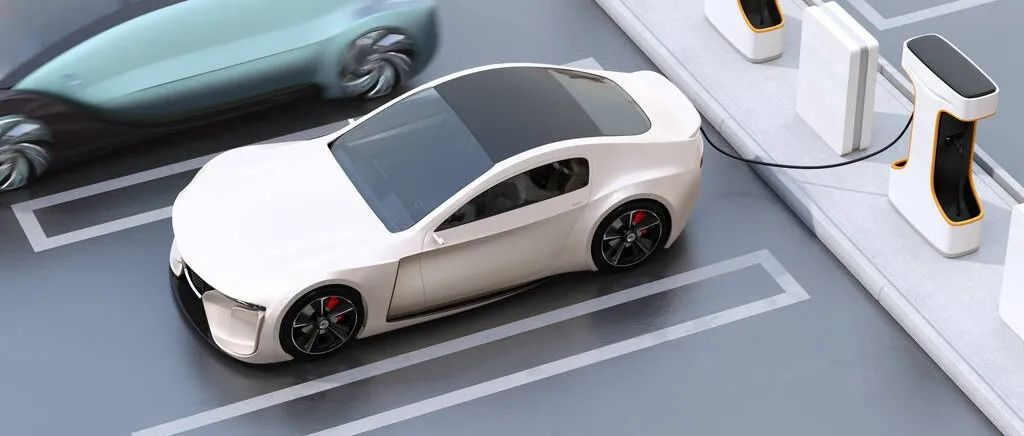Author: Zhu Yulong
At the “Bai Ren Hui”, both NIO (battery-swapping and energy interaction) and Li Xiang (supercharging) have announced their plans for the infrastructure construction of electric vehicle energy, especially for Li Xiang car, which requires differentiation and competitive advantages in this field that transitions from extended range to pure electric. Specifically, there are two key technical points regarding the development of super-fast charging for large SUVs:
-
The self-developed 480kW supercharging platform incorporates a series of power electronics and electrical design optimizations, including 850V high-voltage platform at the vehicle level and 4C fast charging batteries.
-
“Vehicle-Pole-Cloud” closed-loop service network: This is the core value that realizes customer experience. Under the limited electricity capacity, it can meet the massive demand for fast charging by customers in the future.
Ultimately, the success of 800V vehicle models depends on the availability of sufficient fast charging poles to support their usage experience.
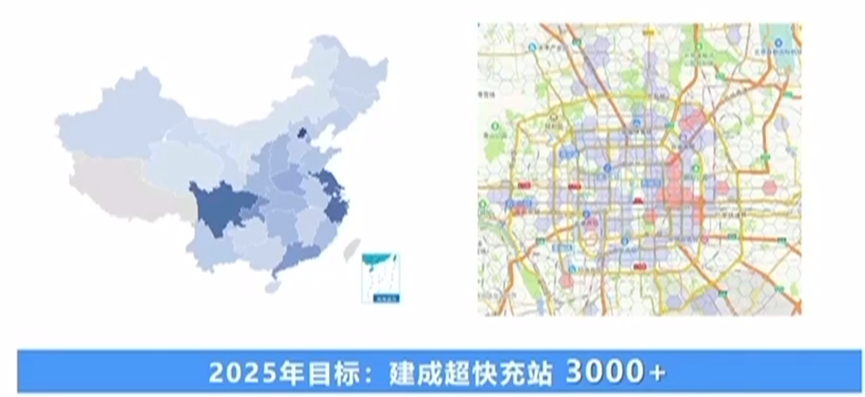
Goals and Reality
From the charging curve shown in Figure 2, we can see that the current is raised to nearly 500A at 5%, reaching 600A+ at around 12%, and sustained until 50%, then reduced to 300A and continued to 80% SOC, during which the power starts at 400kW, peaks at 480kW, and drops to 300kW+ at 80% SOC. Even at 90%, the current still exceeds 100kW. Compared with the existing 400V 250A system, the difference is significant.
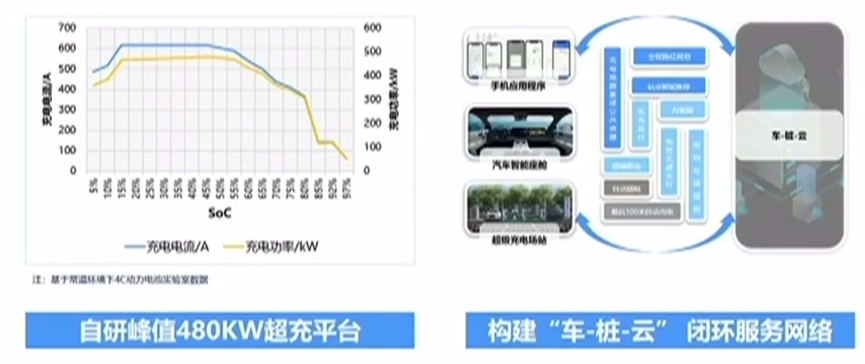
Of course, it is essential to place fast charging stations in reasonable locations (this should be the KPI for assessing fast charging stations in the future).
In this sense, Li Xiang car is currently in the planning stage to make some predictions. With the intelligent system of data, algorithms and models, charging stations can be accurately planned for the cities, thus improving the commercial sustainability and user charging accessibility and satisfaction.
While Li Xiang car has 65% of the layout of free charging positions for user extended range charging at the start, it gradually decreases with the expansion of penetration range, and the infrastructure needs to be based on fast charging stations along the way to solve the problem when it transitions to the sales of pure electric vehicles. To improve efficiency, only by increasing power and turnover rate can we achieve it, which is the successful pattern of gas stations.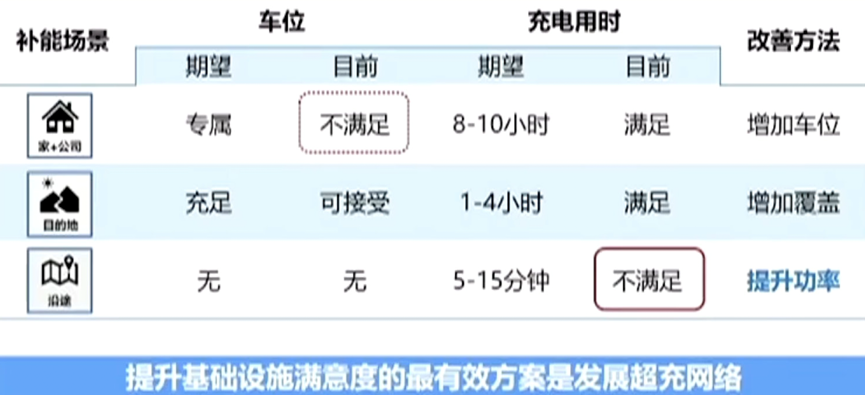
Establish a fast charging network for highways that can connect ten vertical and ten horizontal expressways, two ring roads, and connect all of the 36 national highways by 2025, covering 90% of the mileage. For the four major urban agglomerations in the Beijing-Tianjin-Hebei region, the Yangtze River Delta, the Guangdong-Hong Kong-Macau Greater Bay Area, and the Chengdu-Chongqing urban agglomeration, intercity connections will be established, truly eliminating charging anxiety for users along the way.
In fact, this process is a commitment from companies to solve the problem of charging anxiety for users. From the practice of 2021, high-speed roads are a necessary scenario for users as the inventory of electric vehicles continues to increase. It is also a core tool for solving this pain point to build a super-fast charging network infrastructure for high-speed roads.

How to view charging infrastructure
In the ideal car materials, we explore the issue of the penetration rate of new energy vehicles, consumer attention, supply-side satisfaction, and charging-side satisfaction. My understanding is that this is a steady-state data, which can be logically understood as:
- Purchase Decision
Penetration Rate of New Energy Vehicles (Purchase Decision) = Fuel Price Index (inverse index of the cost-effectiveness of oil-based vehicles) * Index of the price of new energy vehicles (speed of price reduction)
- Usage Decision
Penetration Rate of New Energy Vehicles (Usage) = Consumer Attention (popular vehicle models) * Supply-Side Satisfaction (cost-effectiveness of popular vehicle models) * Charging-Side Satisfaction (household charging and fast charging layout)
At this stage, regardless of fluctuations in fuel prices or overall environmental changes, the sustainability of new energy vehicles is guaranteed.
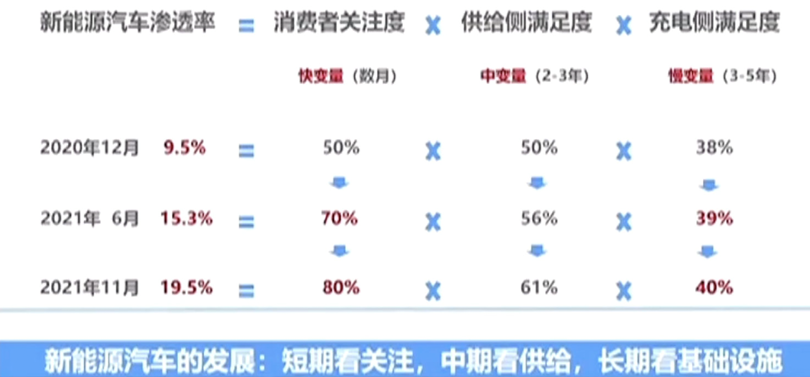
Currently, mainstream DC fast charging stations—such as TELD, State Grid, Star Charge, and Yunkuai—are integrating many charging stations, but they are indeed bound by strong usage restrictions.
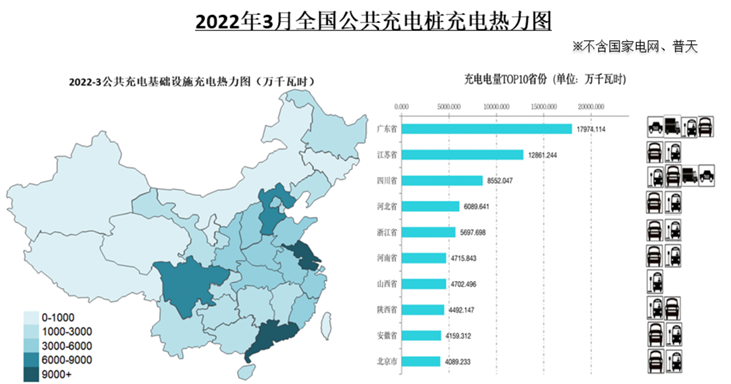
At present, the main power usage revolves around 2B vehicles, and the 5,655 stations of Kamysz, the 3,536 stations of NIO, and the 2,492 stations of Tesla in the 2C field are not enough when viewed from a data perspective.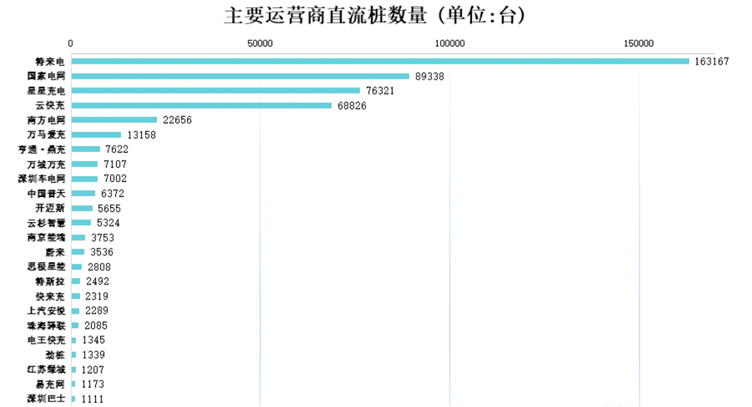
Therefore, in the era of post-subsidy, the construction of charging network still needs to consider the issue of user sensitivity in terms of assessment. From the perspective of subsidy policy support, the construction of charging facilities should focus on helping high-speed charging stations to land as soon as possible and achieve a benign commercial sustainability (previously, State Grid has made some efforts to benefit the public). We need to consider that due to the concentration of travel, there is a supply-demand contradiction for high-speed charging, and the tidal nature of high-speed charging is vividly reflected, such as the tide of high-speed traffic during some holidays such as May Day, National Day, New Year’s Day, and Spring Festival. Similarly, why not do more charging operations on high-speed roads, also because of the challenges of commercialization (large initial investment, low daily average charging capacity due to strong cycle of charging frequency).
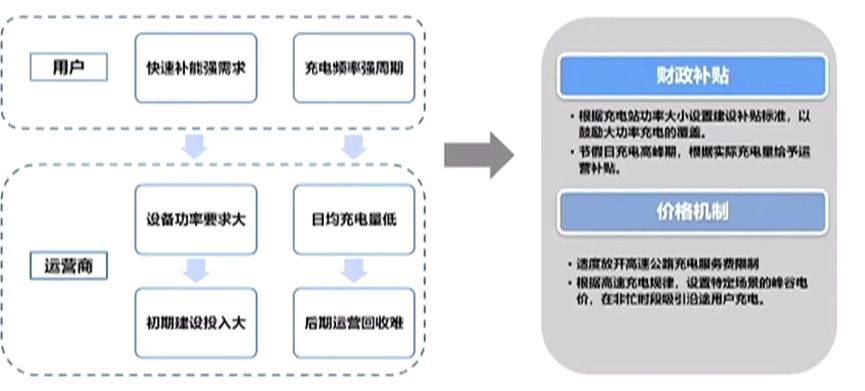
From the current point of view, the Super Charging Network requires a large amount of electricity load, and it definitely needs the support of an intelligent power grid (the problem cannot be considered solely from the load), which can support the achievement of energy security and “double carbon” goals, has scalability and upgradability. For the energy storage system, it can be compatible with a variety of energy storage systems, and can absorb various clean energies such as photovoltaics, wind power, and hydrogen energy. At the same time, it should also plan for the coordination with V2G on the power grid side, improve the service capabilities to users, and also cooperate with the development of the power grid side, reduce the pressure on the power grid side, and enhance the interaction with the power grid side. This includes orderly charging, vehicle-grid coordination, aggregation of green electricity, and the entire lifecycle carbon management system.
Note: NIO talks a lot about battery swap when discussing it, but fast charging network and smart regional power distribution are strongly bound together.
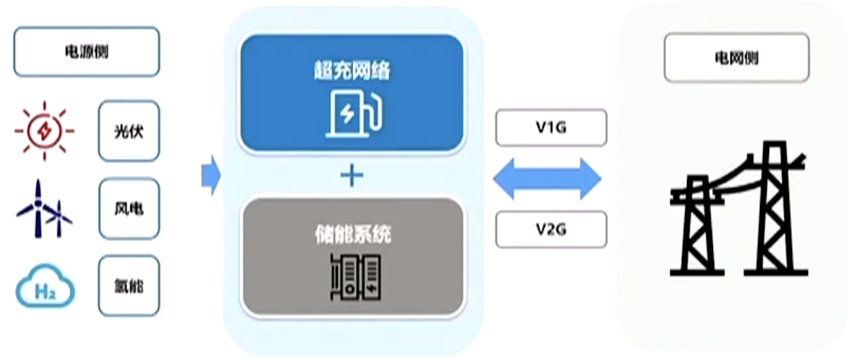
Summary: At Tesla’s Q1 performance conference, the advantages brought by 800V are mainly considered from the charging aspect, but the obvious cost increase needs to be flattened with bulk production and delivery. From the perspective of user experience, a large amount of infrastructure investment is needed, but once this problem is solved, it is the core key to the convenience of long-term use of electric vehicles.
This article is a translation by ChatGPT of a Chinese report from 42HOW. If you have any questions about it, please email bd@42how.com.
